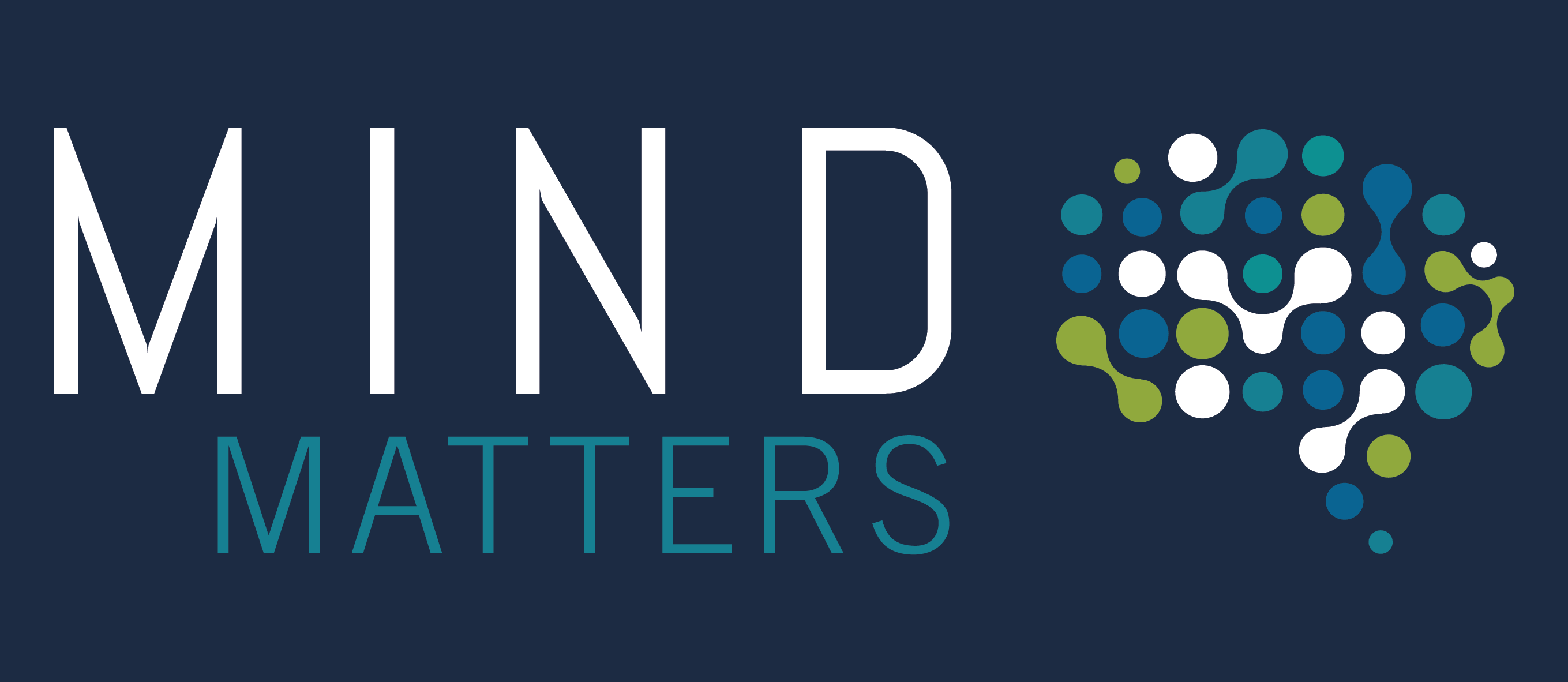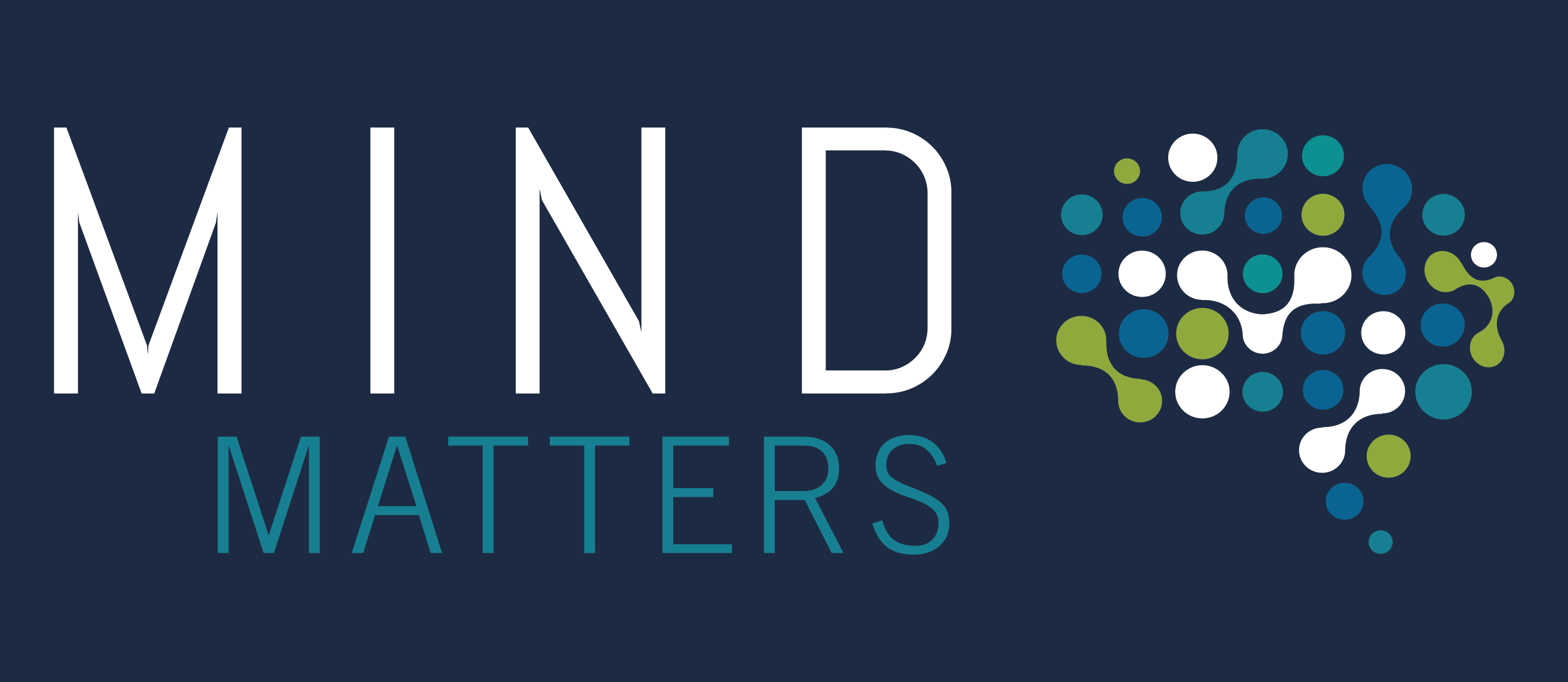

The Power of saying “no”: Building stronger relationships with Boundaries
The Power of saying "no":
Building stronger relationships with Boundaries
BY: DR. MERET CEPERO MALO | February 08, 2024
I’m writing this article from my family home – one of the most important places in the world to me. What makes this place so special? Certainly, there’s nothing wrong with the rooms or the wallpaper I’m staring at in between edits, but as you might have guessed, I didn’t exactly come here to examine the wallpaper. Visiting my family is like a re-set for my entire system: it reminds me of who I am and, more importantly, of who I could be. We inspire each other, we cry together, we laugh together, we make time to celebrate the joyous occasions and move through tough times as a unit. To me, there’s nothing quite like a Sunday family brunch that involves food, hour-long conversations and banter. While writing this, I am well aware that although family brunch sounds like fun to some of us – for others, it’s quite the opposite. No one can annoy or trigger you like your family members can, for no one has had so much proximity and observation time to learn (or co-create) your patterns.
From the earliest bonds forged between parents and their children to the complex networks of friendships, partnerships, and communities we weave throughout our lives – our existences are fundamentally intertwined with each other. Relationship therapist Esther Perel astutely puts it like this: “The quality of our relationships determines the quality of our lives.”1
While the social ties that bind us often provide joy and support, our constant mutual body-budgeting2 can also leave us feeling depleted at times. In her article titled “Your brain secretly works with other brains”, neuroscientist Dr. Lisa Feldman Barrett writes: “The best thing for your nervous system is another human. The worst thing for your nervous system is… also another human.”2
Therefore, maintaining healthy and fulfilling connections requires a delicate balance between fostering intimacy and establishing personal boundaries. So, how do you know whether you need boundaries? And how does one go about setting them? In today’s article, we will discuss ways to assess your potential need for boundaries, learn about different boundary types and finally, explore the art of setting them.
Where do ‘I’ end and where do ‘we’ begin?
Before we dive into the psychological aspects of boundary-setting, I want to talk about membranes. It sounds silly, I know, but bear with me here. As a Biologist, I would often sit with my friends and family and ponder the origins of complex life. How could millions of species arise from the bacteria and archaea that populated the earth’s deep-sea sediments and hot springs over 4 billion years ago? Where did it all begin? Or as Nick Lane, one of my favorite science writers, phrased it: “Why is life the way it is?”3
According to Nick Lane and some of pioneer researchers and thinkers he quotes in his book, the key might be found within membranes. More specifically, in double membranes that arose from a singular endosymbiosis event between an archaeon host cell and bacteria that ultimately evolved into mitochondria3. This transformative event enabled organisms to establish cross-membrane proton gradients and allowed for a scalable energy production3. Echoing this sentiment, Dr. Helen Watson, associate professor at Plymouth University, wrote in her essay on membranes: “Biological membranes allow life as we know it to exist. They form cells and enable separation between the inside and outside of an organism, controlling by means of their selective permeability which substances enter and leave. By allowing gradients of ions to be created across them, membranes also enable living organisms to generate energy. In addition, they control the flow of messages between cells by sending, receiving, and processing information in the form of chemical and electrical signals.”4
This little excursion into the wonderful world of biochemistry had me wondering: If membranes are the biological basis of life, could boundaries be the psychological basis of relationships? While our skin acts as our physical boundary to the outside world, psychological boundaries are much harder to define.
Imagine meeting someone, and all they see is a blurry version of you that is shaped by their expectations, projections, or cognitive distortions, rather than your true self. Establishing clear boundaries is like enhancing the contrast of your image, thereby giving others the chance to see and appreciate the real, authentic you. You can think of your personal boundaries as your ‘emotional membranes’ that help you to maintain that ideal blend of openness to positive impacts and resistance to negative ones. Without boundaries, you run the risk of losing the interaction space with others, since there is no clearly defined “you” for them to be in relationship with. To set the stage for sustainable connections, you need to know where you end and others begin.
Following the signs
Understanding whether you need boundaries is the first step towards fostering healthier relationships. In her bestselling book ‘Set boundaries, find peace’5, author and therapist Nedra Tawab emphasizes the importance of recognizing the signs that indicate a lack of boundaries. Here are five example questions you can ask yourself to assess the state of your current boundaries:
- Do you sometimes catch yourself saying “yes” to something when you would rather say “no”?
- Do you often find yourself trying to fix other people’s problems, even at the detriment of your own needs?
- Do you find it hard to decline requests from friends, family, or colleagues?
- Do you often experience stress, overwhelm, or burnout due to your workload?
- Do you have trouble expressing your own needs (concerning your body, energy, time, resources) without feeling guilty, fearful, anxious, or stressed?
If you’ve answered “yes” more than once, it might be time for a boundary-update. Despite these questions probing different areas of life, they all share a common feature: prioritizing someone else’s needs over your own. Although we’ve talked about people-pleasing before in our 9-week Resilience Training series, we’ve never really examined the origins of this peculiar behavior. In the words of licensed clinical social worker and author for PsychCentral, Sharon Martin: “Our need to please is actually more of a need to belong. And our need to belong was probably written in our DNA millions of years ago.”6
Indeed, a sense of belonging (the subjective feeling of deep connection and acceptance within social groups, physical spaces, and shared experiences) is a fundamental human need that tends to predict our physical health and longevity7, as well as other social, economic, and behavioral outcomes8. However, when our need to belong starts to negatively impact our mental health, our energy levels and sense of self-worth, this indicates a crucial need to establish clear boundaries to safeguard our physical and emotional well-being.
Author Jasmine Cheyenne beautifully illustrates this concept in her book “The Sugar Jar: Create Boundaries, Embrace Self-Healing, and Enjoy the Sweet Things in Life”9. The metaphor she uses in her book works as follows: you are the jar, and the sugar represents your emotional energy. Without a lid on the jar, people can freely take as much sugar as they desire, leading to potential spills9. While attempting to replenish your energy through self-care, the absence of a protective boundary, like a lid, makes it challenging to control the extent of your vital capacity being drained9. Setting boundaries ensures that you manage the distribution of your emotional energy, preventing burnout and allowing for more sustainable and fulfilling relationships.
Boundaries come in different flavors
Certainly, establishing boundaries can be a challenging task. Oftentimes, we are worried about being perceived as selfish, rigid, or too sensitive. Our fear of potentially creating awkward situations or damaging relationships can make the process even more daunting. In the grand scheme of things, however, avoiding boundaries is counterproductive and will inevitably lead to resentment and a gradual decline in the quality of our relationships. Therefore, let’s explore the different types of boundaries that can help us to navigate these challenges and communicate our limits.
When we think of boundaries, the ones that first come to mind are the physical boundaries of our bodies and personal space. You’ve probably experienced how uncomfortable it can be when a stranger gets too close to you in public (a phenomenon studied under the name of ‘interpersonal distance’ or IPD10). Interestingly, there are actually six different types of boundaries we can set: emotional, physical, sexual, workplace, material, and time boundaries11. Our emotional boundaries, for instance, are about how others speak to us and treat us. This could mean having our opinions and feelings respected by others even if they disagree with us. Time boundaries serve as another example of boundaries and ensure that others understand the value of our time. This type of boundary becomes especially important when it comes to scheduling (and keeping) appointments, being on time for events and navigating meet-ups with friend groups or partners.
Ready, Set, Go
Now that we’ve established how important boundaries are – how do we actually establish them? After attending the resilience training workshop on relationships with Dr. Nadine Sinclair and Paul Sinclair and reading a lot about the topic, I’ve created a practical guide for setting and maintaining boundaries in various aspects of your life:
- Self-Reflection: Begin by reflecting on your own needs, values, and limits. Identify areas where you feel overwhelmed or drained. This self-awareness is the foundation for establishing effective boundaries.
- Check on your Core Beliefs: You may sense that your needs and wants aren’t worth vocalizing, leading to a diminished sense of personal identity. Consequently, you prioritize others’ preferences, and your discomfort often goes unnoticed by those around you. If this is the case, it might be useful to evaluate your core beliefs (you can start by reading our blog posts on Core Beliefs here).
- Learn to Say No: Saying ‘no’ is not a rejection; it’s a declaration of your priorities and boundaries. It’s essential to recognize your limitations and graciously decline when necessary, preserving your emotional and mental well-being. It’s acceptable to decline requests that make you uncomfortable, respecting your own boundaries without feeling the need for excuses.
- Consistency is Crucial: Consistency is vital for boundary-setting. Ensure that you consistently communicate and uphold your boundaries. This helps in building trust and establishing a reliable framework for your relationships.
- Practice patience and forgiveness (especially with yourself!): It takes time to learn to set and enforce healthy boundaries. Don’t expect to become a boundary expert overnight. Forgive yourself for past boundary violations: We all make mistakes, and that includes violating our own boundaries. If you have made mistakes in the past, forgive yourself and move on.
- Adapt and Reevaluate: Life is dynamic, and so are our relationships. Periodically reassess your boundaries based on changes in circumstances, personal growth, or shifts in your needs. Adaptability ensures that your boundaries remain relevant and effective.
As you embark on the journey of setting boundaries, remember that it is not a selfish act but a necessary step towards fostering healthier connections. It’s about knowing where your limits are, setting the stage for genuine connections where you can be your true self, and others can do the same. By incorporating these insights and following the practical guide, you can learn to navigate the intricate web of relationships with confidence. This, I hope, will allow you to create the space for authentic connections that nourish your well-being and enhance the quality of your life. For now, all I can do to set an example is to draw a time boundary with my laptop and close it. If the smell of freshly-brewed coffee is telling me anything, it’s that I’m late for family brunch.
References:
1. Esther Perel. https://www.estherperel.com/.
2. Lisa Feldman Barrett. https://www.mindful.org/why-your-breath-is-connected-to-your-well- being-2/. (2021).
3. Nick Lane. The Vital Question – Why Is Life The Way It Is? . (Profile Books LTD, London, 2015).
4. Watson, H. Biological membranes. Essays Biochem 59, 43–70 (2015).
5. Nedra Glover Tawwab. Set Boundaries, Find Peace: A Guide to Reclaiming Yourself . (Penguin Random House LLC, New York, 2021).
6. Sharon Martin. The Need to Please: The Psychology of People-Pleasing. (2020).
7. Holt-Lunstad, J. Why Social Relationships Are Important for Physical Health: A Systems Approach to Understanding and Modifying Risk and Protection. (2017) doi:10.1146/annurev-psych-122216.
8. Allen, K. A., Kern, M. L., Rozek, C. S., McInerney, D. M. & Slavich, G. M. Belonging: a review of conceptual issues, an integrative framework, and directions for future research. Aust J Psychol 73, 87–102 (2021).
9. Jasmine Cheyenne. The Sugar Jar: Create Boundaries, Embrace Self-Healing, and Enjoy the Sweet Things in Life. (Harper One, 2022).
10. Welsch, R., von Castell, C. & Hecht, H. The anisotropy of personal space. PLoS One 14, (2019).
11. Bethany Juby. Why Personal Boundaries are Important and How to Set Them. (2023).
Related post
Building Resilience: What 9 weeks taught me about responding, rather than reacting
A cup half full: how a positive outlook can fuel perseverance
Effortless Flow: a personal guide on how to create flow experiences


Dr. Meret Cepero Malo
Dr. Meret Cepero Malo is a writer turned neuroscientist, or a neuroscientist turned writer. While pursuing her Ph.D. in Cellular Neuroscience, she participated in ‘Fast Forward’, a 7-week project management course for researchers, eventually taking on a recurring tutoring role. Now, she has teamed up with Dr. Nadine Sinclair and Paul Sinclair from Mind Matters to offer readers a personal account of her experiences in the 9-week Resilience Training. Get ready to be captivated by her storytelling as she delves into the neurobiological foundations of resilience and shares actionable tips for readers on their own resilience journey.






